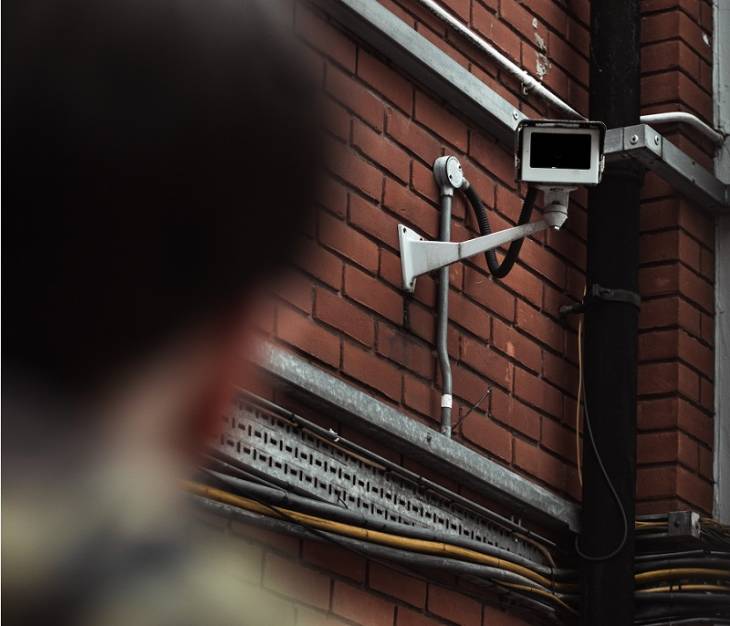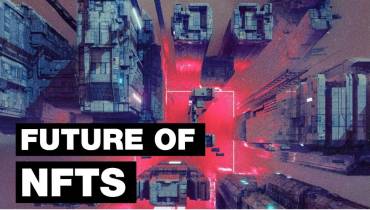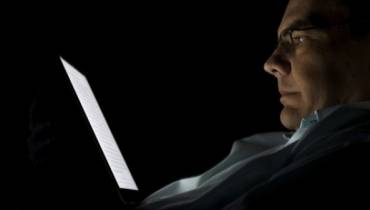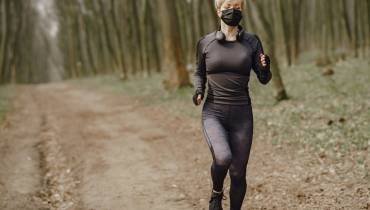Facial Recognition: The Pros and Cons You Should Know

Facial recognition technology (FRT) offers unlimited potential in most industries. It allows for greater security in the cybersecurity field, potential advancements in the medical sector, and ways to combat crime.
There are issues, of course (and we will get to those), but I want to talk about how FRT has been used to better society as a whole.
Recent Trends of Facial Recognition Technology
Throughout the years, police departments, governments, and agencies have used FRT as a way to keep crime at a low. In certain areas, the police may wear cameras with facial recognition systems. In other places, such as the United Kingdom, cameras are propped up on streets in order to discourage any criminal activity from taking place.
Alongside stopping criminal activity, facial recognition technology is being used to aid doctors and medical professionals in diagnosing certain diseases and disorders. For example, the app Face2Gene allows medical professionals to diagnose rare genetic disorders earlier rather than later. This is something that would be much more difficult without FRT.
The Pros of Facial Recognition Technology
We can discuss FRT trends all day, but we’re better off discussing the pros of the technology themselves. Let’s jump right into it.
1. Opportunities for Better Security
Of course, the first thing I should point out is the increased security with FRT enabled. I alluded to it earlier, but FRT has been proven to bring down crime, help law enforcement fight crime, and gives people an overall better sense of societal security.
2. Brings More Awareness Around Cyber-Security
When Apple added facial recognition technology to their phones, it sparked a worldwide debate over whether or not it was necessary and if it was even a good idea. This debate helped educate people about how FRT helps cybersecurity and helped teach people how important their security was for their devices.
3. Allows for More Medical Advancements
I also alluded to this earlier, but FRT has helped, is helping, and will help the medical industry a ton. From allowing medical professionals to diagnose disorders and diseases more easily to simplifying the process of patient check-ins, FRT holds a special place in the medical industry.
The Cons of Facial Recognition Technology
However, not everything is sunny in the world of FRT, and there are many upcoming storms that we will have to deal with, the most worrisome being listed here.
1. A Growing Lack of Privacy
While some aspects of security may improve with the widespread use of FRT, we can be sure that our personal privacy will be affected. Companies today try to mine our data and collect our information while we are unaware, and FRT only gives them more tools to do so.
And then we have the topic of governments and law agencies being able to track our every move on the street. Sometimes, an improvement in security isn’t worth the risk to privacy.
2. A Growing Lack of Data Security
Personal privacy isn’t the only thing affected, however—FRT poses a great risk to data security. Our data is the modern currency for many companies and governments, and facial recognition gives them access to store our personal information (faces, appearance, habits, etc.).
3. A Growing Concern Over Regulation
Last but not least, we have concerns over whether or not facial recognition technology will even be regulated. For FRT to thrive at a low risk of our privacy and security, there must be strong regulations in place. However, if past events are anything to go by, it’s entirely possible that certain governments will try as little as possible to regulate the use of FRT.
Protect Yourself Against Facial Recognition Technology
It would be remiss of me to not mention how to protect yourself against FRT shortly after mentioning all of the problems that can come with it. Fortunately, that’s exactly what I’m about to do.
Perhaps the most obvious way to protect yourself against facial recognition is to use clothes and accessories designed to combat FRT, such as transparent masks that confuse cameras and glasses that don’t let said cameras see your eyes.
Researchers with the artificial-intelligence firm Kneron reported that they were able to fool some facial-recognition systems using a printed mask depicting a different person's face. Apparently, all it takes to fool facial recognition at airports and banks is a printed mask.
Another way for you to protect yourself is with a VPN. While a VPN won’t help you fight against FRT directly, it will allow you to encrypt your data and make sure companies won’t be able to easily mine it all.
Unfortunately, methods like using a VPN can guarantee your privacy online but won’t guarantee your freedom from FRT.
In conclusion
As the use of facial recognition grows, keeping yourself out of a database or your face from being recognized by a random camera on the street will become harder and harder, until it’s almost impossible.
But there’s no harm in trying methods like wearing a special set of anti-facial recognition glasses—and that’s what I intend on doing.






















